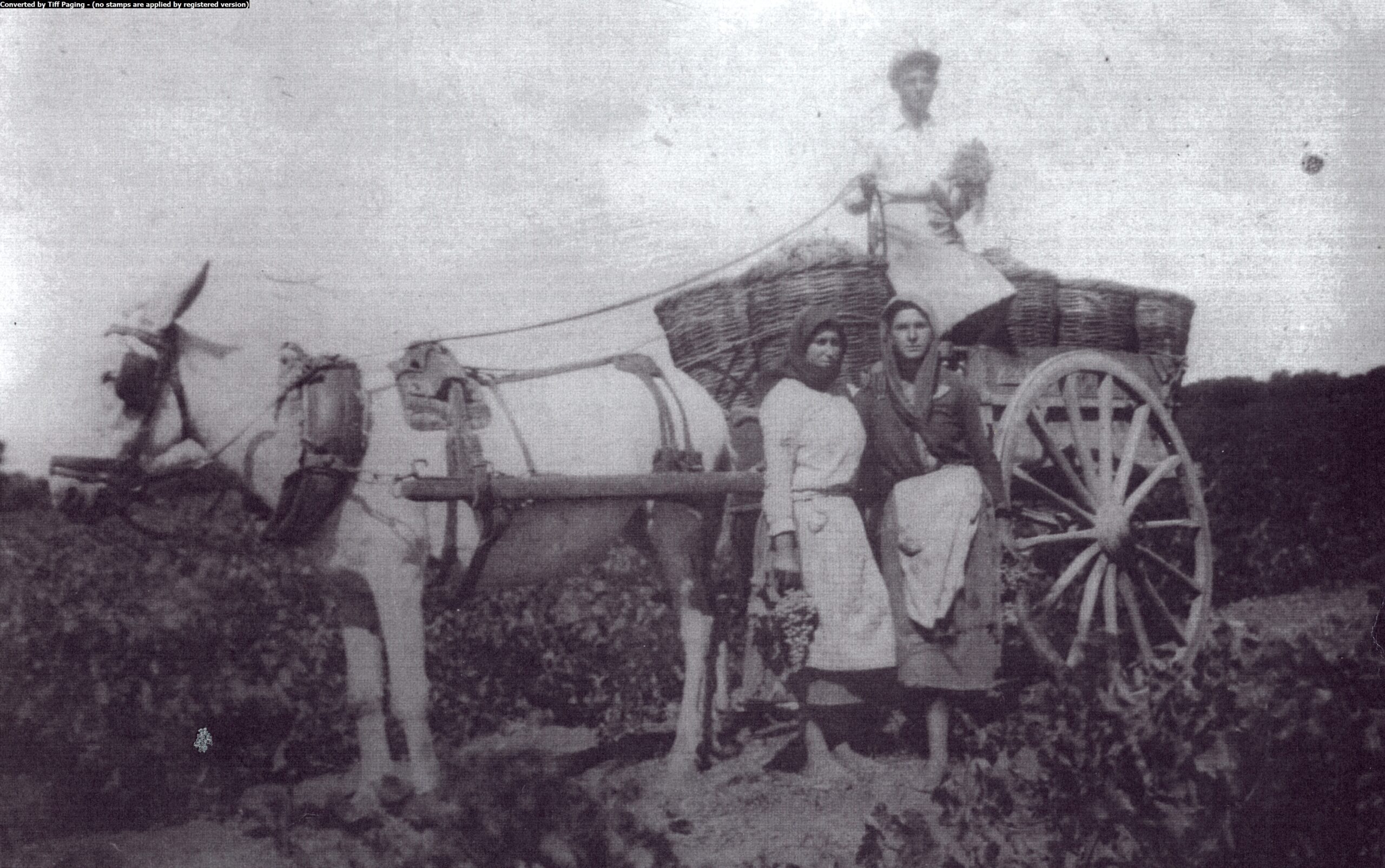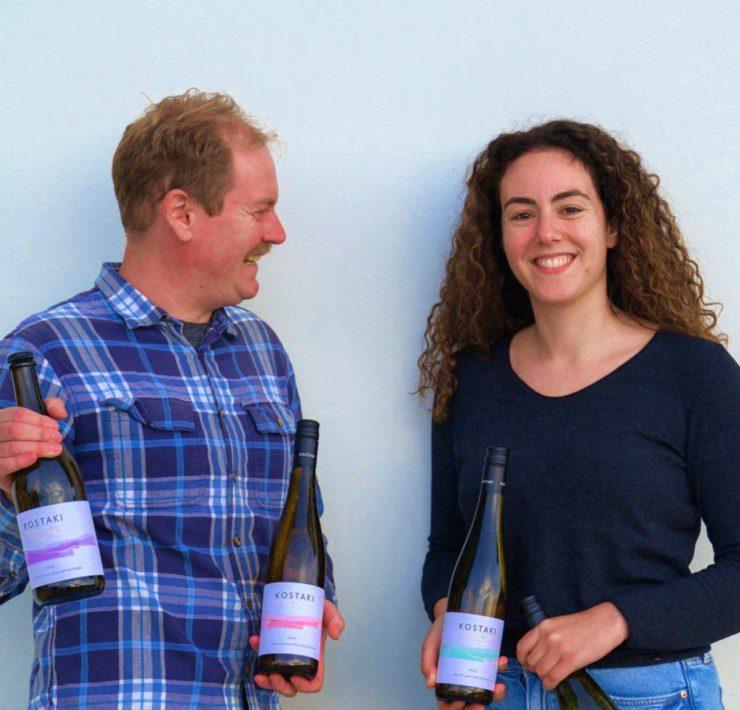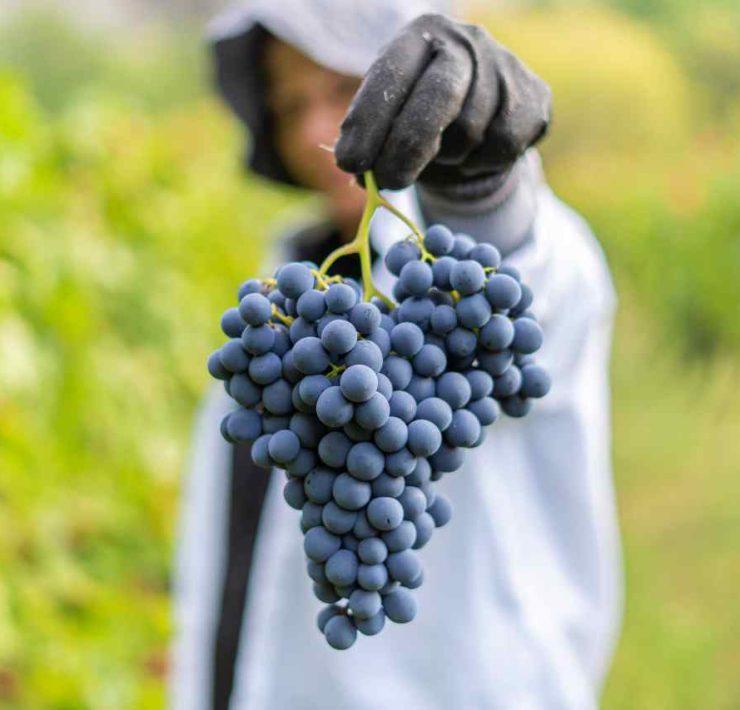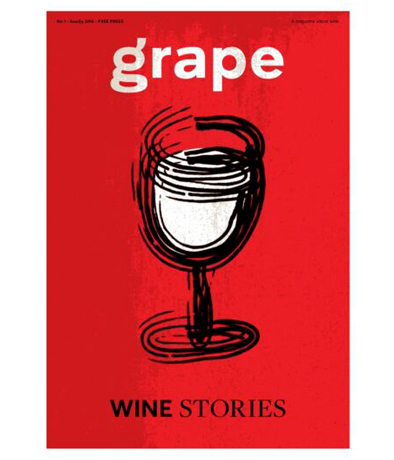Αφού πέρασε 15 χρόνια σε στούντιο ειδήσεων ασκώντας “σοβαρή δημοσιογραφία”…
With a tradition in oenology whose origins can be traced back to antiquity, the wine areas of Attica (the region of Greece that includes Athens) hold a number of secrets just waiting to be discovered. The plain of Mesogeia, for instance, with the Athens International Airport at its center, hosts a number of wineries featuring dynamic teams of winemakers who are dedicated to combining their grandparents’ traditions with modern winemaking techniques and to improving the quality of wine production in the area.
Two world wars and an epidemic of phylloxera contributed to the destruction of the vineyards, which had been under cultivation since ancient times, and an attempt at reviving them during the 1960s failed miserably, resulting instead in the production of cheap, bad-quality bulk wine, mainly retsina. During the 1990s, a renaissance in Greek wine, headed by dynamic winemakers and oenologists working hard to revive the indigenous variety Savatiano, led to the production of high-quality wines. Their efforts centered on the preservation of the traditional winemaking techniques (in order to retain the variety’s unique characteristics) combined with research and experimentation in order to capitalize on Savatiano’s ability to produce high-quality wines which can age gracefully. The vineyards were planted with other white varieties, too, including Malagousia in particular, whose own revival owes a lot to these wine regions, and Assyrtiko, the well-known Santorini variety, which seems to have found a new expression here in Attica, the largest wine-producing area of Greece.
Just a half hour’s drive from the center of Athens, the plain of Mesogeia is home to many wineries that welcome visitors and are happy to offer, in addition to tasting sessions with excellent wines, a glimpse into Attica’s long tradition in winemaking. The wider area also hosts a number of archaeological sites which are well worth visiting.
Domaine Papagiannakos
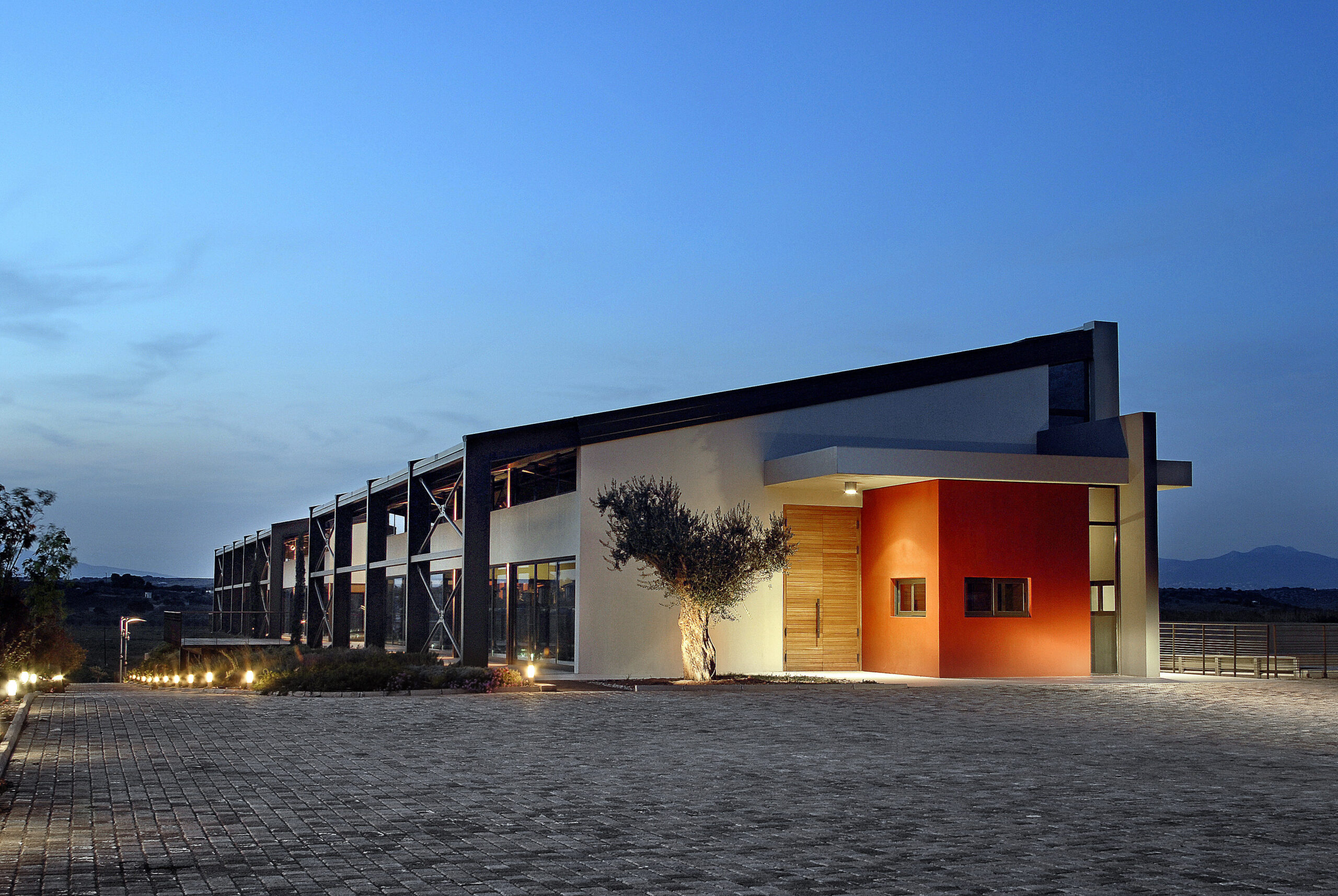
Situated in the heart of Mesogeia, the Papagiannakos winery is the first Greek winery built according to bio-climatic design principles. Surrounded by its vineyards, the winery is built on the site of an old monastery. The building complex was designed bearing in mind both the winemaking process and the need to create welcoming spaces for open tours and private functions. The aim, when defining the building’s zones, was to ensure smooth production flow while also enabling visitors to circulate within the winery. Its owner, winemaker Vassilis Papagianakos, never tires of speaking about Attica vineyards and the great potential they possess. A polite, soft-spoken man, he becomes passionate when he talks of this land, the land of his ancestors, to which he has dedicated so much of his life. Having studied the local variety of Savatiano for many years, he has a deep knowledge of its overall strengths and of its ability to produce excellent wines with ageing potential.
Papagiannakos belongs to the generation of winemakers whose resilience and continued efforts led to the discovery of this variety’s great potential. Since the ’90s , he has been busy using modern techniques both in the winemaking process and in the vineyard to prove the many qualities of this unique variety, particularly its ageability. The bestseller of this winery is its Savatiano Papagiannakos Palaia Klimata, a Savatiano varietal produced from vines that are more than 50 years old.
- Info: Domaine Papagiannakos | Pousi−Kalogeri, Markopoulo Mesogaias, Attica | T: (+30) 22990 25206 | E: info@papagiannakos.gr |
Roxani Matsa Estate
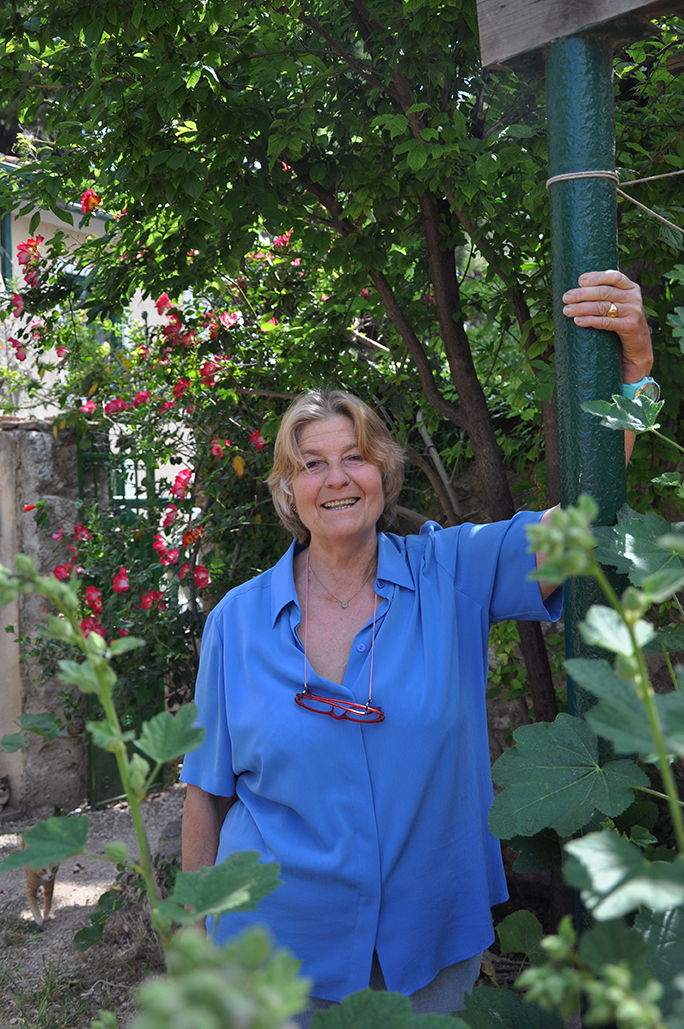
If we were asked to describe this domaine, which lies in the middle of a well-populated area, the word we’d use would be “paradise.” The estate, which today belongs to Roxani Matsa, used to be part of a much larger one − the historical estate of Andreas Cambas, who established the family winery in 1882 and whose name over the following decades became synonymous to Greek winemaking. Today, 12.1 hectares of the original property remain in the hands of Matsa, an amazing woman who in 2001 was named Wine Personality of the Year by the Greek Wine Writers Association. Matsa has been cultivating her land according to the principles of organic farming for the last 40 years, producing wines mainly from Savatiano and Malagousia varieties. Since the ’80s, this true viticulturist has been collaborating with the Boutari Group, one of the largest wine companies in Greece, for the production of her wines. She has contributed to the spread of Malagousia, the indigenous variety that was discovered in northern Greece but whose origins can be traced to Attica, by distributing clones from her vineyards to other producers all over Greece. Thanks to her vast knowledge of viticultural practices, based on years of hard work in the vineyards − “a way of life,” as she likes to describe it − and to her unique personality, Matsa is considered one of the most prominent figures in Greek winemaking today. The estate that bears her name includes the old family house in which she still resides, the winery, and a beautiful Mediterranean garden.
- Info: Roxani Matsa Estate | 61 Leontariou St., Kantza, Attica | T: (+30) 210 6605200 | E: ktimamatsa@boutari.gr |
Domaine Vassiliou
A tall white-haired man welcomes us at the entrance to the winery of this domaine, situated in Koropi. George Vassiliou belongs to the generation of oenologists who led the revolution in Greek winemaking during the 1990s. He belongs, he says, to a family with a long tradition in winemaking. “I was born in a barrel, under a vine, and my mother used to give me wine instead of milk,” he tells us, laughing. Vassiliou was one of the first winemakers in the Mesogeia area who decided to invest in producing good-quality wine. Working together with his friend and partner Thanos Fakorellis, also an oenologist, he has contributed greatly to the transformation of the quality of the wines being produced in the area. The domain owns a 15-hectare vineyard planted with Savatiano, Roditis and Assyrtiko. The winery is a modern production unit, with state-of-the-art equipment, including horizontal presses and stainless-steel temperature- controlled tanks. The bestselling wine of the domaine, Vassiliou Fumé, is made from 100% Savatiano.
An avid collector of antique equipment used in winemaking, Vassiliou has placed a number of such items on display at the entrance of the winery, which is open to visitors.
- Info: Domaine Vassiliou | 1st km Koropi−Markopoulo Ave., Koropi, Attica | T: (+30) 210 6626870 | Ε: info@vassilioudomaine.gr |
Aoton Winery
Hidden away in the alleys of the old village of Paiania, Aoton Winery isn’t easy to find. “Don’t expect to see anything more; that’s it and unfortunately, it’s not open to visitors,” says Sotiris Ginis as he greets us on a rainy spring day. A soft-spoken young man who is both oenologist and viticulturist, Ginis is carrying on his grandfathers’ tradition; his dream, he says, is to produce wines “which will age gracefully.” His small production − about 15,000 to 20,000 bottles, with a potential capacity of 60,000 bottles per year − is based on experimentation and on the knowledge he has acquired by working in the vineyard. According to him, all the important work is done in the vineyard. “Thanks to our long tradition in winemaking, Attica winemakers have a lot of experience,” he says, showing us the diaries kept by his grandfather. “Everything is written in here; you can find information about the epidemic of phylloxera, which destroyed a large part of the Attica vineyards, and the hard fight for survival during the German occupation in 1941-44.” About 80% of the vineyard consists of Savatiano planted during the ’90s, while the rest comprises old vines planted by his grandfather in the ’50s. We tasted one of his new wines, a Savatiano and Roditis blend vinified on the lees, one of his latest experiments.
Oenotria Land
Leaving behind the plain of Mesogeia, we head north towards Kapandriti, about 30 km outside of Athens. The estate we’re visiting here was created by Costas Lazaridis, a well-known producer from northern Greece; it consists of a modern winery, ageing cellars, tasting rooms, indoor and outdoor areas for social and professional events, and a museum displaying tools, agricultural equipment and other objects used in winemaking and distilling, some dating back to the 17th century. The exhibition presents the process of wine production in great detail, and there is a section dedicated to the production of vinegar as well. The vineyard here, planted in 2000 with organically grown Greek and international varieties, consists of 20 privately owned hectares of land on the shores of Lake Marathonas. Two of the estate’s wines come from this vineyard: Oinotria Gi Cabernet Sauvignon−Agiorgitiko and Oinotria Gi Syrah−Agiorgitiko.
- Info: Oenotria Land | 2nd km Kapandriti–Kalamos Ave., Kapandriti, Attica | T: (+30) 22950 52213 | E: kapandriti@domaine-lazaridi.gr |
Savatiano under the microscope
- Greece’s most common wine grape, it is planted on 8,000-20,250 hectares throughout Attica and central Greece.
- It’s drought-resistant.
- It most commonly produces a young , easy-to-drink white wine with aromas of lemon, unripe peach and tropical fruit.
- It was saddled with a bad reputation when used in the production of poor-quality retsina.
- It is still used for the production of retsina, a wine whose quality has improved enormously in recent years.
- Old vines in Attica are responsible for wines with concentrated fruit and phenomenal ageability. g


